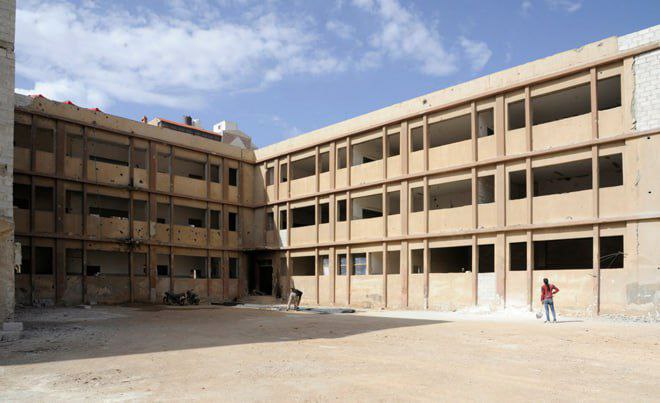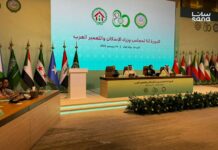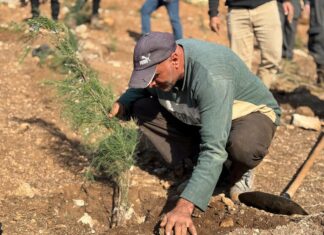
In the Baba Amr neighborhood of Homs, Syria, rebuilding the educational system is proving as essential as restoring homes and streets. Before the outbreak of the Syrian revolution in 2011, Baba Amr’s 100,000 residents relied on about 20 schools, all operating on a single shift. Now, with families slowly returning, the need to renovate and expand educational facilities is urgent. This is just one of many Syrian communities facing the need to revitalize and repair an education system battered by over a decade of war.
The Path to Recovery
Faisal Zaib, a former Education Directorate employee and a prominent figure in Baba Amr, told Al-Araby al-Jadeed that the neighborhood’s original schools, built through community efforts in the late 1960s and early 1970s, suffered severe damage during the conflict.
He noted that while UN organizations rehabilitated seven schools early in the recovery process, the current influx of returning families demands further action. “We are following up on the matter with the Ministry of Education and the Education Directorate to create the appropriate conditions for the continuation of the educational process,” Zaib said.
Community and International Support
Despite limited resources, residents are taking the initiative. Improvements are visible, though issues such as lack of water and essential supplies persist. Community fundraising efforts have helped fill some gaps, providing basic school materials and fostering a more stable learning environment for returning students.
International agencies are also stepping up. Minister of Education Dr. Muhammad Abdurahman Turko recently met with officials from the UN Relief and Works Agency (UNRWA) and UNICEF to discuss expanding cooperation in rebuilding Syria’s education sector. Turko acknowledged that economic sanctions are slowing progress but reaffirmed Syria’s commitment to the UN Convention on the Rights of the Child. Meanwhile, UNRWA pledged continued support, particularly for displaced children, through initiatives like school construction and teacher training.
Challenges Persist Across Syria
The broader Syrian education system continues to face overwhelming challenges. According to Muhammad Hanoun, Director of School Buildings at the Ministry of Education, about 8,000 schools remain out of service due to wartime destruction and earthquake damage.
Although approximately 70 schools have been rehabilitated, much more work lies ahead. Hanoun said engineering studies are underway to rebuild schools to modern international standards, aiming to secure safer environments for students. In some areas, schools still lack basic necessities such as windows, doors, and desks.
Hope for a Brighter Future
Efforts are also underway in northeastern Syria, where the Damascus-based government has worked with the Autonomous Administration of North Eastern Syria (AANES) and UNICEF to ensure students in all parts of Syria can continue their education without disruption. Following negotiations in Damascus earlier this month, agreements were reached to extend registration deadlines and facilitate local exam administration, according to a statement by the Education Authority.
Despite daunting obstacles, the gradual reopening and rehabilitation of schools across Syria, coupled with community resilience and international support, offer a cautious but real hope for a new generation eager to learn.








